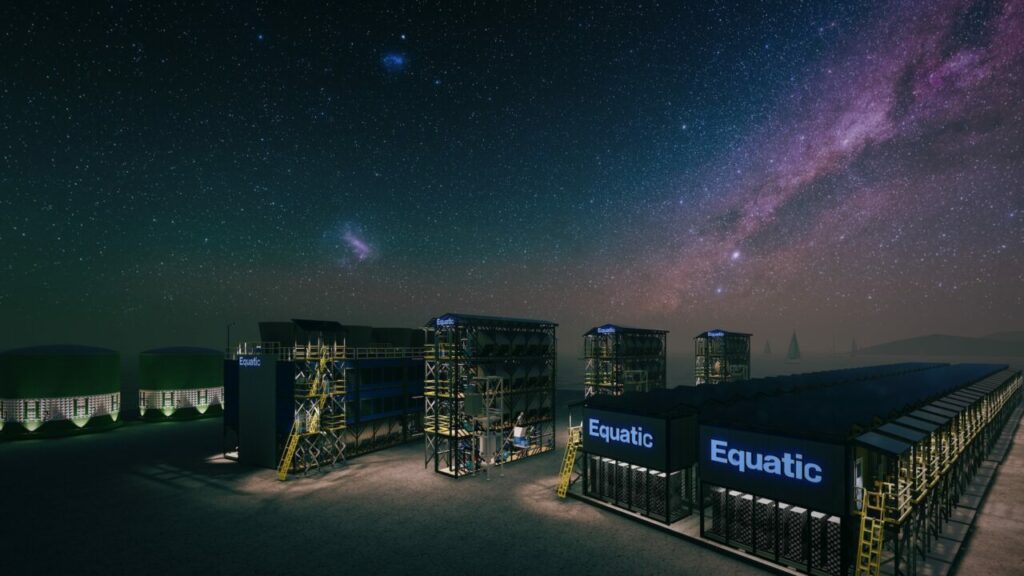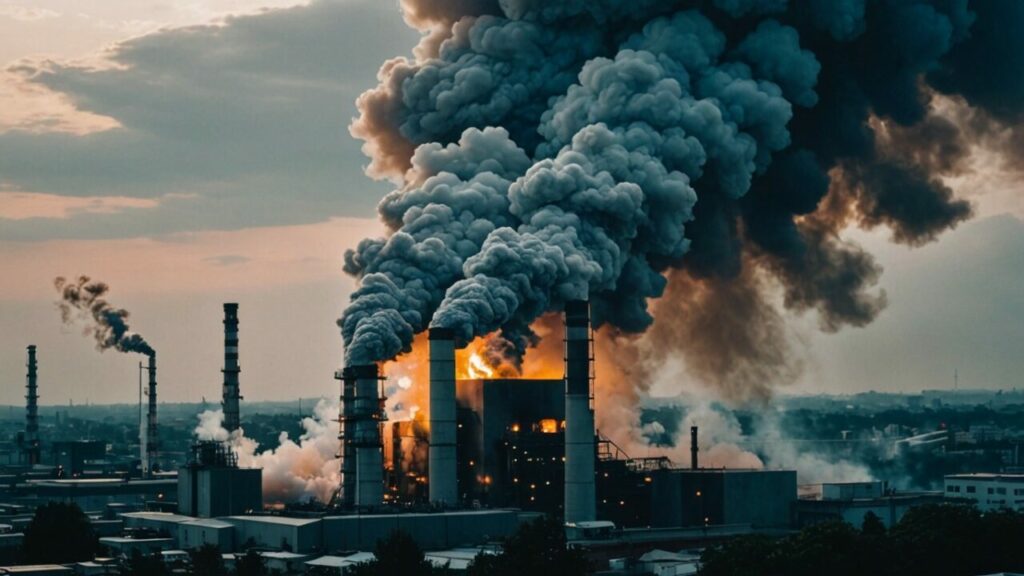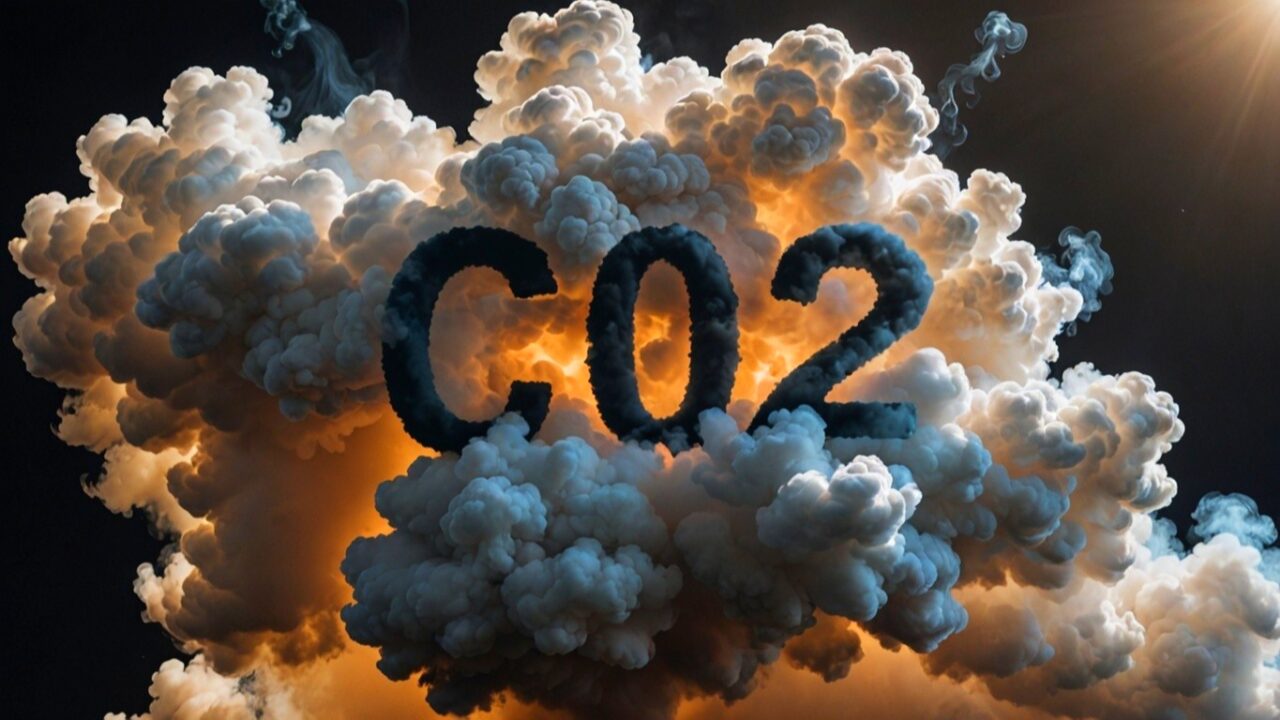Canada is taking a giant step to make the world more livable with the construction of the world’s largest carbon dioxide removal (CDR) facility in Quebec by a company named Equatic. This facility will have the capacity to absorb 100,000 tons of carbon dioxide from the atmosphere each year. So, how will this facility work, and what does it mean for our planet? Here are the details…
Canada begins work on the world’s largest carbon dioxide removal facility
Equatic utilizes the natural abilities of oceans to remove carbon dioxide. Oceans are massive carbon sinks capable of absorbing 25% of human-generated carbon. Equatic’s technology enhances this natural process by passing an electric current through seawater. This process separates the water into hydrogen and oxygen while creating an acid and a base.

Carbon is stored in solid form within the water. Additionally, the alkaline sludge produced in this process can be used to absorb even more carbon dioxide from the atmosphere. Equatic’s technology also produces hydrogen, which can be sold or used to meet the facility’s own energy needs. This process not only benefits the environment but also provides economic gains.
Currently, Equatic is constructing a facility in Singapore capable of processing 4,000 metric tons of carbon dioxide, set to be operational by the end of the year. This carbon dioxide removal facility will support a larger commercial-scale project in Quebec, which will process 109,500 tons of carbon dioxide and produce 3,600 tons of green hydrogen annually. The company states that less than 1.4 MW of energy per ton is needed to carry out this process.

Research predicts that the cost of removing one ton of CO2 from the atmosphere will range between $230 and $540 by 2050. However, Equatic’s technology is expected to reduce this cost to as low as $100 per ton, making it possible to remove millions of tons of carbon from the atmosphere each year.
What do you think about this large-scale carbon dioxide removal facility? What impacts do you foresee it having on the environment? Don’t forget to share your thoughts with us in the comments below!














